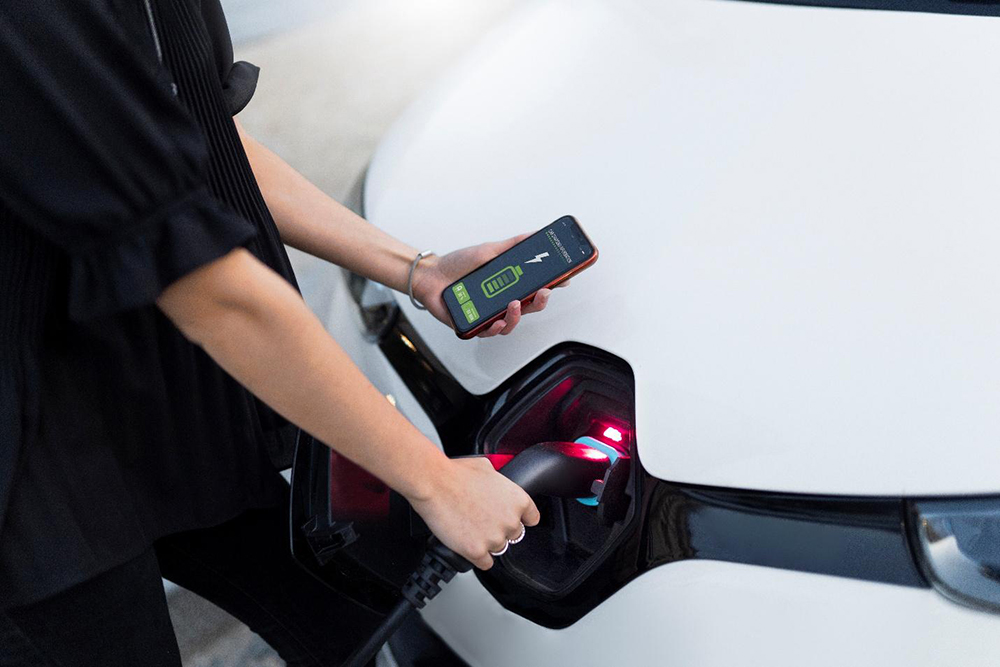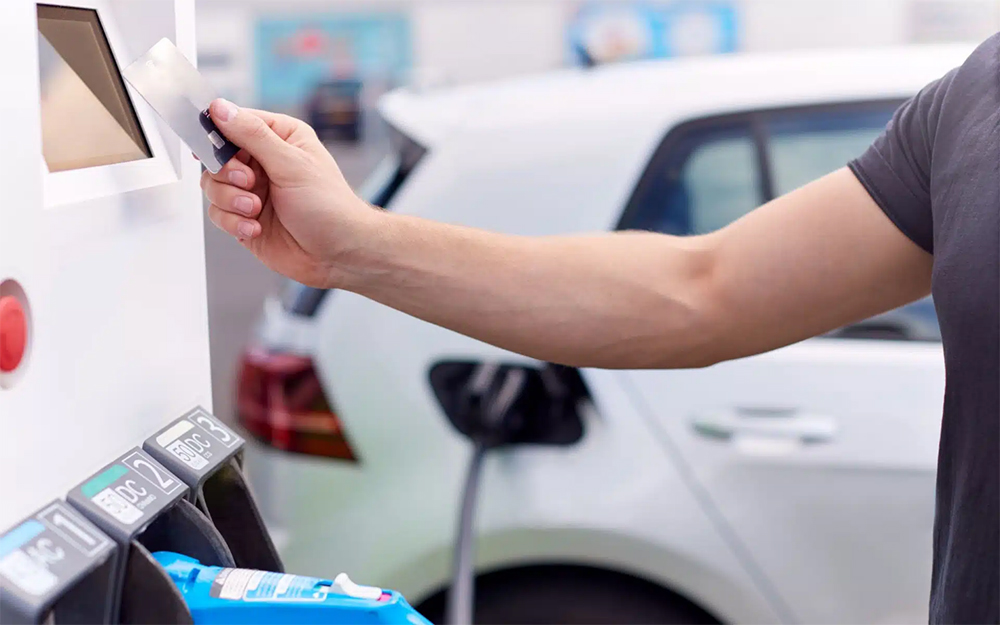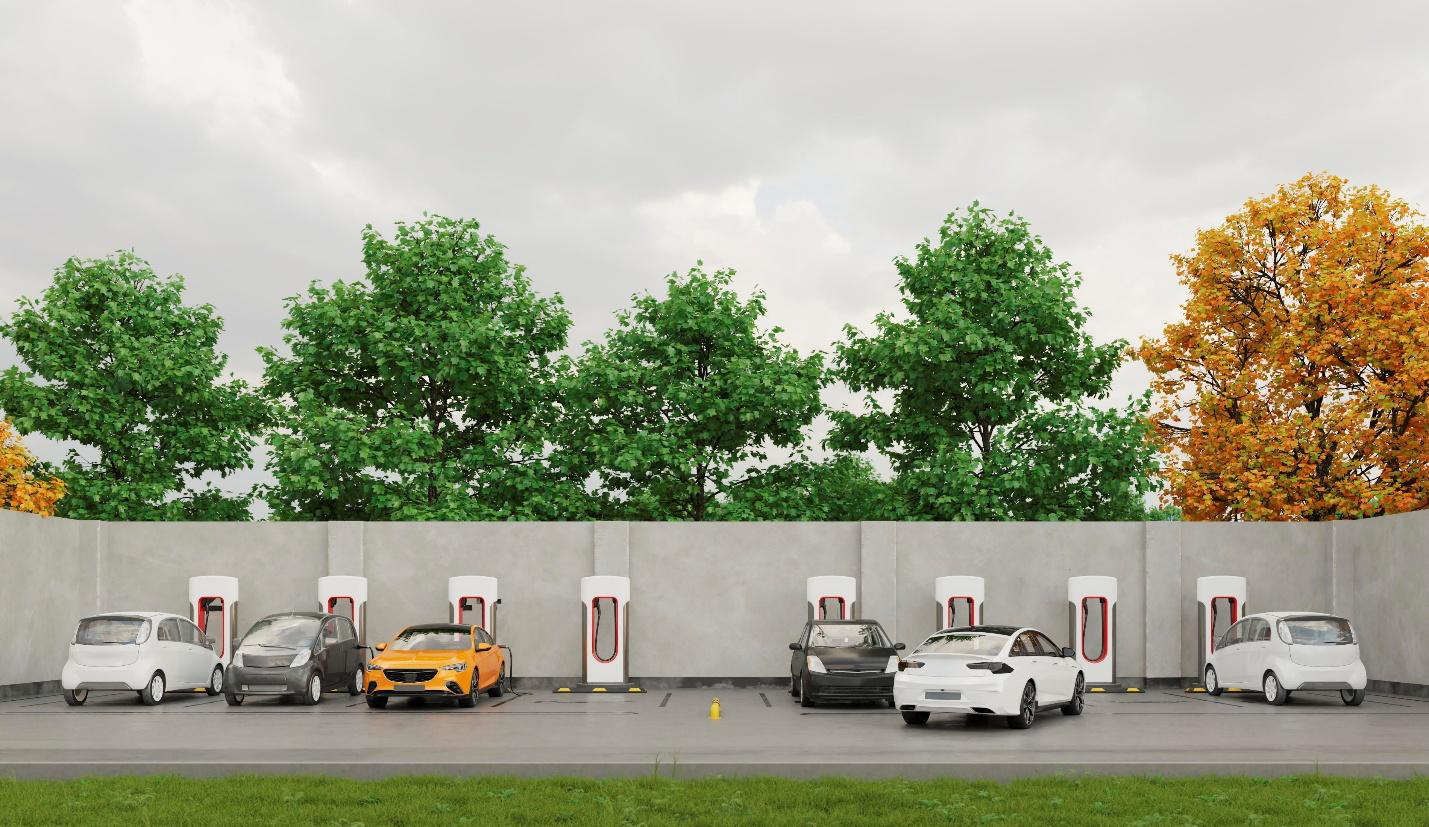Summary
In 2025, EV chargers will be designed to be faster, more efficient, and easily accessible. This will encourage EV adoption and improve the charging experience.
Table of Contents
Introduction
Over the last decade, the electric vehicle (EV) industry has seen numerous improvements due to technological innovations, government subsidies, and growing concerns about climate change. However, one aspect where change is expected in 2025 is the development of stable and efficient EV charging infrastructure.
Innovations address challenges like faster charging, expansion of public chargers, and range anxiety. Tercero Inc. examines the solutions, challenges, and opportunities these changes present.
The Evolution of EV Infrastructure by 2025
As more consumers embrace electric vehicles (EVs), the demand for fast-charging cars has never been greater. In 2025, ultra-fast chargers with speeds of 350kW are poised to revolutionize the charging experience. These chargers can recharge an EV’s battery to 80% in less than 20 minutes, making them among the fastest EV charging stations.
Manufacturers are also focusing on increasing battery efficiency and reducing production costs. This will make EVs more affordable and reduce vehicle charging costs.
Faster Charging: What’s Changing?

EV charging is changing so fast that understanding its future has become as important as understanding the vehicles themselves. Here is what is changing in EV charging infrastructure.
1. Vehicle-to-Grid (V2G)
EVs typically draw power from the grid. However, in 2025, manufacturers are exploring the possibility of having the vehicles turn back power to the grid.
When an EV charges, it turns alternating current (AC) from the grid into direct current (DC). With bidirectional conversion technology, if your battery is full but still plugged into a power source, your battery can be tapped for power during peak demand periods.
2. Wireless EV Charging
Most gadgets have adopted wireless technology in their features, and EV charging is next. Using electromagnetic induction coils and receivers installed at the bottom of the EVs, charging a car without a physical connection is possible.
This makes charging more convenient and opens up a world where vehicles can charge while driving.
3. Improved Battery Technology
Though EV chargers have achieved a relatively fast DC charging rate of 80% in 30 minutes, work is being done to stabilize battery technology and increase charging speeds. The goal is to support rapid charging and improve battery staying power, effectively reducing range anxiety and improving charging experience.
Accessibility of Public EV Charging Stations
Public EV charging stations should be accessible to everyone, including those with disabilities. Key accessibility features for public charging points include:
1. Location and Spacing
Charging stations should be placed at strategic locations, such as high-traffic areas or highways. They should also have enough space to support maneuvering and easy access to charging spaces.
2. User Interface and Interaction
The user interface of charging stations should be intuitive and user-friendly to everyone. Touch screens, audio instructions, and digital accessibility features should be included for easier access and a better charging experience.
3. Clear Signage
Clear and readable signage is an essential feature of all public charging stations. The signage should include universal symbols and be positioned at a suitable height for easy visibility. It should also include visual and audio cues for individuals with different needs.
Cost Considerations: How Much Will Charging Cost in 2025?
The question, “how much does it cost to charge an electric car?” is common among prospective drivers. While EV charging is cheaper than refueling ICE cars, there are some factors that can influence the cost of charging. Some of them include:
- Location and Electricity Prices: Electricity prices can significantly impact the cost of charging your electric car. The higher the average electricity rate, the more it will cost to charge an EV. Some of the most expensive places to charge an EV include California, Hawaii, Rhode Island, and Massachusetts.
- Car Model: The type of car you purchase also affects the cost of charging your battery. For instance, long distance electric cars have bigger batteries, which means they will take a long time to fill and cost more. A good example is a Tesla with a 100 kilowatt-hour (kWh) battery capacity taking longer to charge than one with a 75 kWh battery.
- Time of Use: Electricity prices can change hourly. If you charge during peak demand hours, you will be charged a premium, as opposed to charging during off-peak hours (at night) at a significantly lower cost.
Investing in EV Charging: What’s the Cost for Businesses?

Understanding the various elements that contribute to the installation of commercial EV charging infrastructure is crucial for accurate budgeting and a successful project.
Suppose you wonder, “how much does a commercial EV charging station cost?”. In that case, you should know that the cost of an electric vehicle charging infrastructure varies depending on the station type. For instance:
- Level 1 Chargers (Not for Commercial Use): These are the most basic and cheapest options. They operate on a standard 120-volt outlet. Level 1 chargers cost between $250 and $1,000, with installation potentially driving up the cost to $3,000 per charger.
- Level 2 Chargers: These chargers are a popular option for businesses. They operate on a 240- or 208-volt connection. Level 2 chargers cost between $1,500 and $10,000. Installation ranges between $3,000 and $10,000 per charger, depending on whether additional work (trenching, electrical upgrades, etc.) is needed.
- Level 3 Chargers: These chargers are also known as Direct Current Fast Chargers (DCFC). They are the fastest and most expensive option. DCFC costs between $25,000 and $200,000, and installation is an additional $25,000 to $100,000 per charger, depending on whether additional work is needed.
Challenges & Future of EV Charging Infrastructure
The following are challenges and future innovations in the electric vehicle charging infrastructure space:
- Interoperability: The growing number of charging stations and vehicles necessitates a common material (connectors) and quality (charging protocols) standard among all equipment manufacturers. This will improve accessibility and the charging experience.
- Integration with AI: Artificial Intelligence and smart charging are challenges and potential developments for the future. AI can improve charging efficiency and accessibility and help reduce charging costs.
Conclusion
With the expansion of EV chargers comes the need to ensure improved accessibility, cheaper charging, and a more efficient operation across all EV charging infrastructure. Whether you are a business owner, station manager, or fleet operator, you need a better understanding of the infrastructural challenges and potential opportunities of EV charging for your business. Contact Tercero Inc. now for more information on how you can leverage current challenges and future progress to your benefit.
FAQs
The cost of a commercial EV charger depends on the type of station. A level 2 charger costs between $1,500 and $10,000, and installation costs an additional $3,000 to $10,000.
The cost of charging an electric car depends on your location, electricity rates, car model, and time of use.
The number of charge points across the US is expected to rise from about 4 million currently to more than 35 million by 2030.
Yes, long distance electric cars will be the standard due to faster charging times and more stable battery technology.
The number of stations is expected to increase as federal, state, and local governments provide incentives for installing commercial charging stations.
The issues remain charger and EV incompatibility, lack of proper maintenance, and the cost of equipment and installation.
The 2025 Tesla Model S can charge up to 200 miles of range in 15 minutes.
The high cost of installing and maintaining EV chargers and charging infrastructure is the biggest challenge for charging stations.
Most EV charger failures come from the station not being able to connect to its network for authentication.
Manufacturing defects, poor maintenance, glitches in the charging process, or battery damage can cause fire and explosion.

